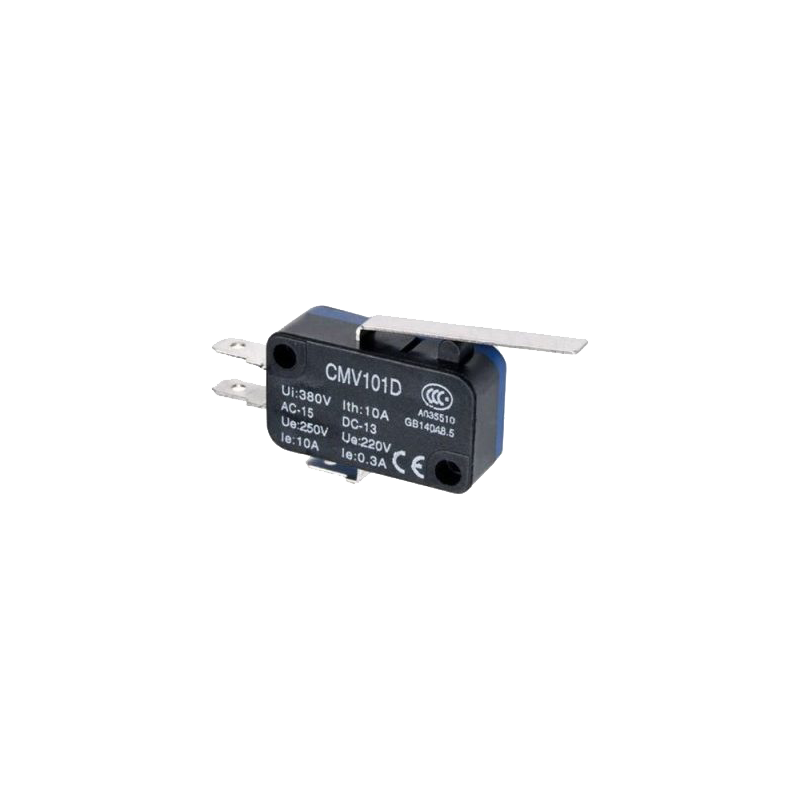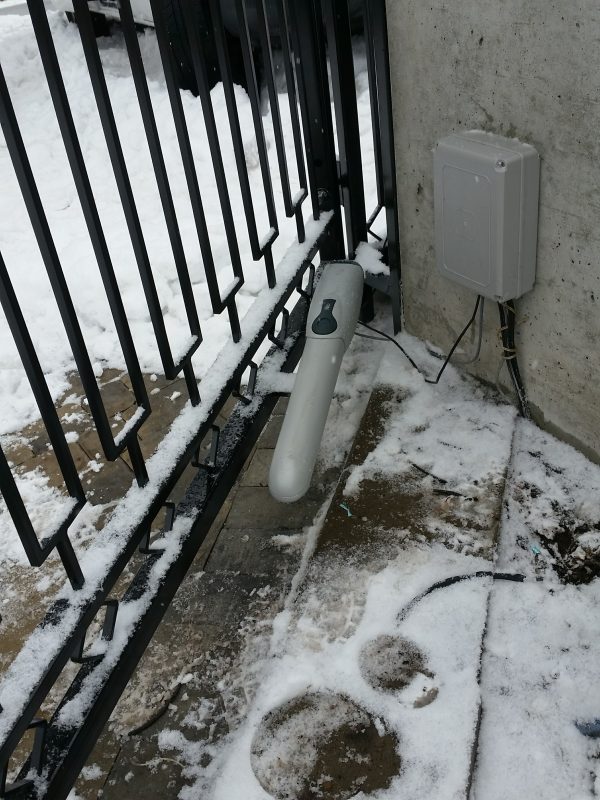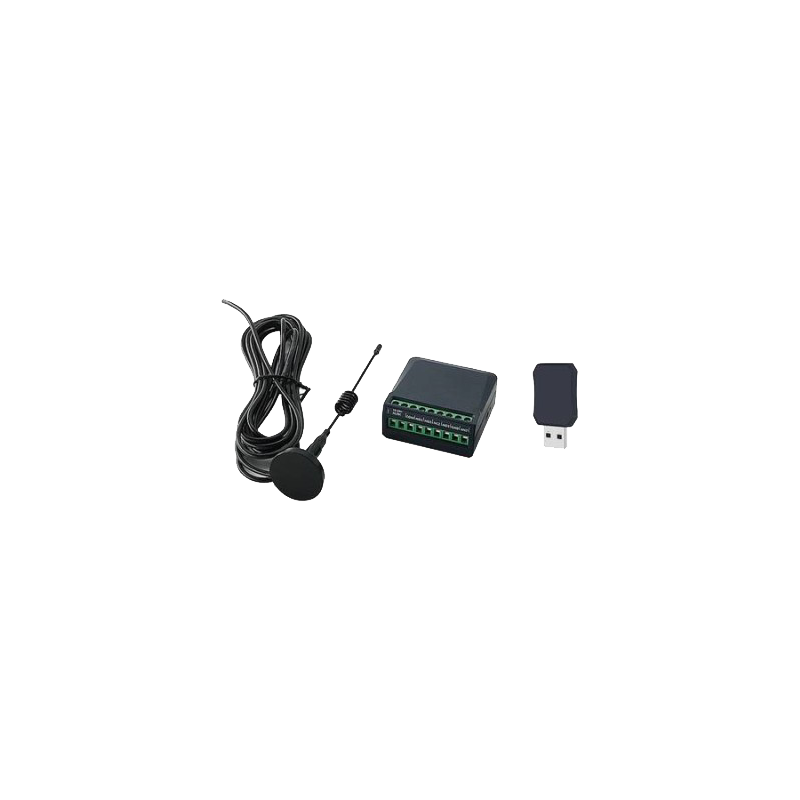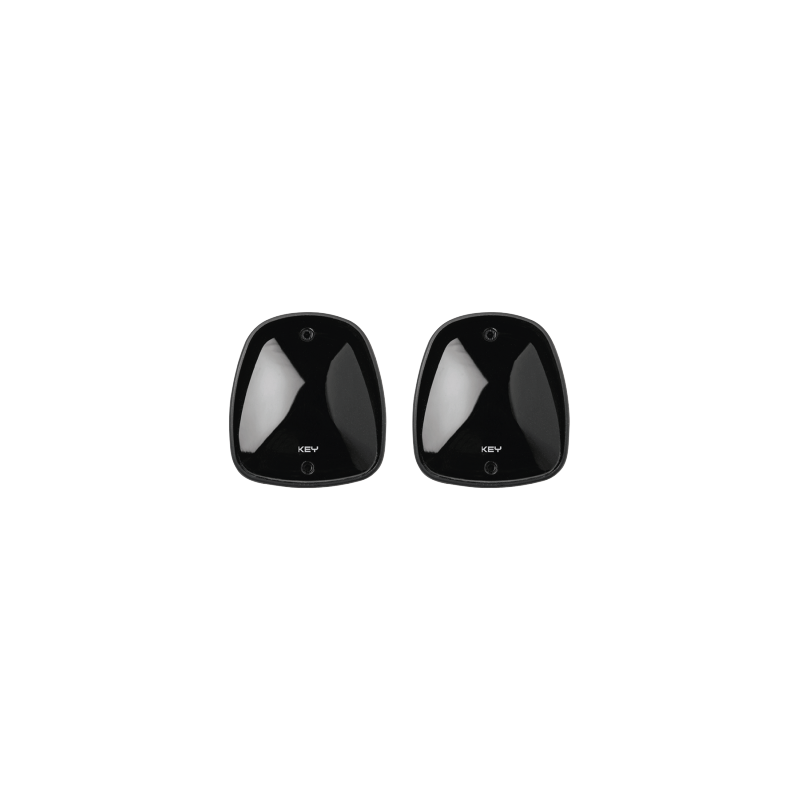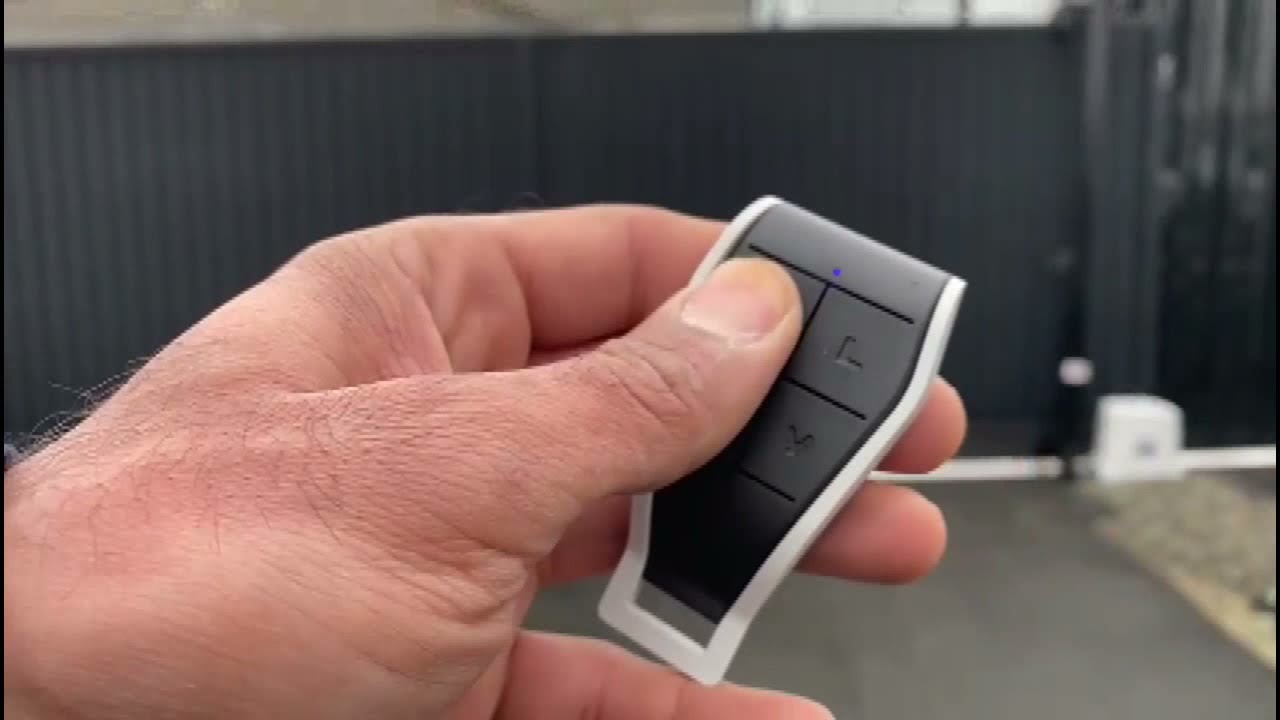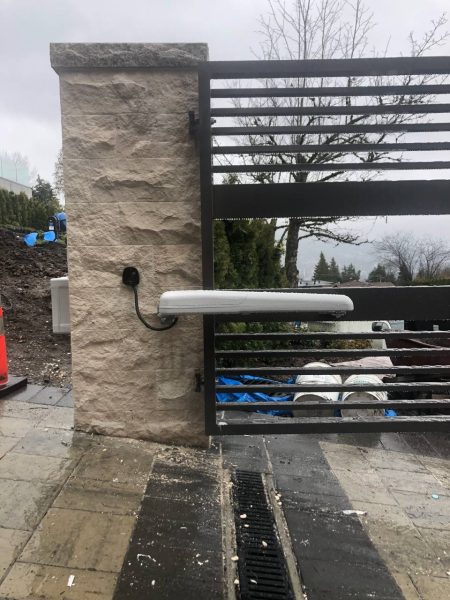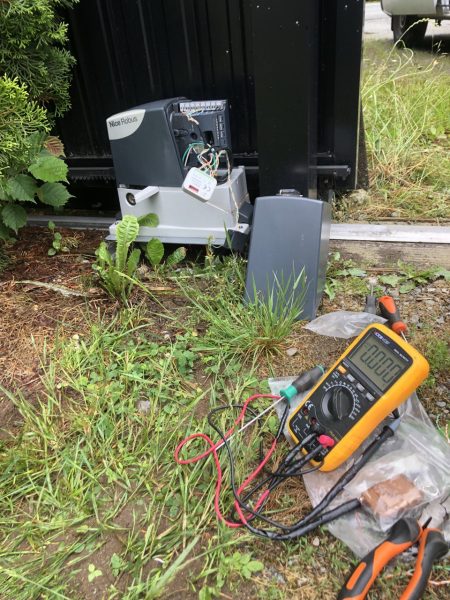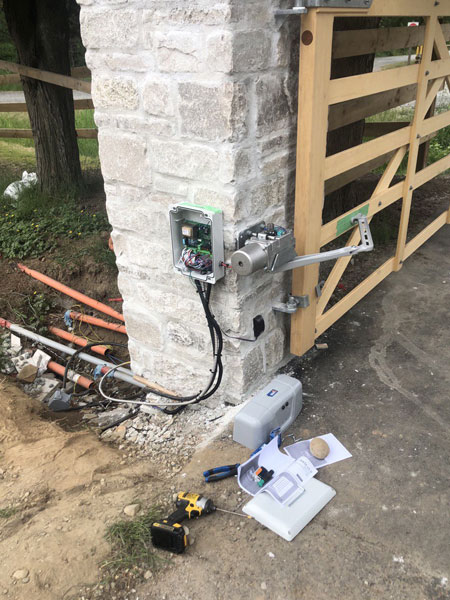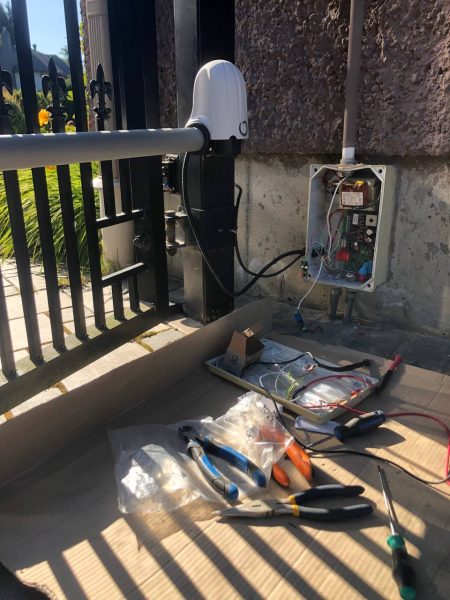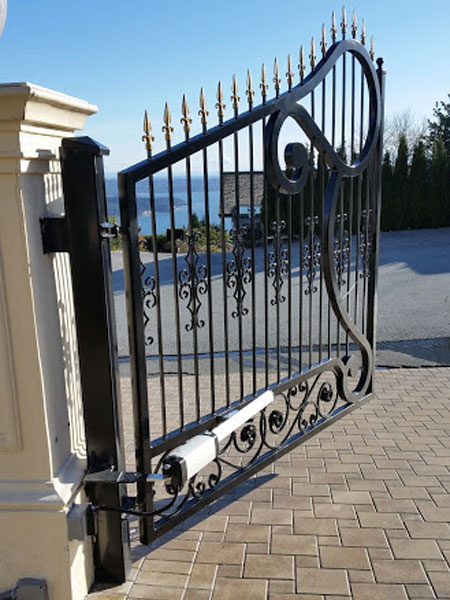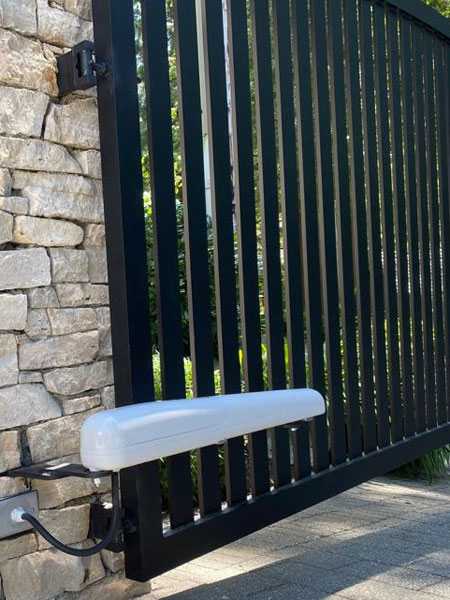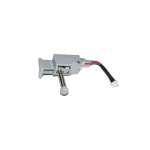
Problem with the sliding gate opener limit switch
The limit switch in a sliding gate opener is a crucial component that tells the motor when to stop the gate’s movement at the fully open and fully closed positions. When there’s a problem with the limit switch, it can lead to various malfunctions in the gate’s operation.
Here are the common problems associated with a sliding gate opener limit switch:
Common Problems with Sliding Gate Opener Limit Switches
-
Gate Not Opening or Closing Fully (or stopping midway): This is the most common symptom of a faulty or misaligned limit switch. If the switch isn’t detecting the correct stop point, the gate might stop prematurely or try to travel beyond its intended limits.
-
Gate Over-traveling: If the limit switch fails to signal the motor to stop, the gate can continue moving past its designated open or closed position. This can cause the gate to hit its posts, go off track, or even damage the motor and other components.
-
Erratic or Inconsistent Operation: A limit switch that is intermittently failing or has loose connections can cause the gate to behave unpredictably, opening or closing erratically, or stopping and reversing without reason.
-
Gate Not Responding to Commands: In some cases, a completely failed limit switch might prevent the gate from operating at all, as the control board might not receive the necessary signals to initiate movement.
-
Grinding Noises or Strain on the Motor: If the limit switch is not signaling the motor to stop, the motor may continue to try and move the gate even when it’s at its physical limit. This can lead to grinding noises and put excessive strain on the motor, potentially leading to premature failure.
Causes of Limit Switch Problems
-
Misalignment: Over time, due to vibrations, wear and tear, or external forces, the physical position of the limit switch or the magnets/mechanical components it interacts with can shift, leading to incorrect readings. This is a common issue with both mechanical and magnetic limit switches.
-
Wear and Tear (Mechanical Switches): Mechanical limit switches have physical components (like levers or springs) that can wear out, bend, or get damaged from repeated contact. This can prevent them from activating properly.
-
Damaged or Dirty Sensors (Magnetic Switches): Magnetic limit switches rely on magnets and reed switches. If the magnets become dislodged, weak, or the reed switch gets dirty or damaged, the circuit won’t open or close correctly.
-
Wiring Issues: Loose, corroded, or damaged wiring connected to the limit switch can prevent signals from reaching the control board.
-
Environmental Factors: Extreme temperatures, moisture, dust, or debris can affect the functionality of the limit switch, especially if it’s not adequately protected.
-
Component Failure: Like any electronic or mechanical component, the limit switch itself can simply fail due to manufacturing defects or age.
Troubleshooting and Repair
To troubleshoot a limit switch problem, you often need to:
-
Inspect the gate’s path: Ensure there are no obstructions preventing full movement.
-
Visually inspect the limit switch: Check for any obvious physical damage, misalignment, or debris around the switch or its corresponding magnets/activators.
-
Adjust the limit switch: Many openers have adjustable limit switches. Consult your owner’s manual for specific instructions on how to reset or fine-tune them.
-
Test the limit switch: This often involves using a multimeter to check for continuity (for mechanical switches) or manually moving a magnet over a magnetic switch to see if it triggers a response on the control board (often indicated by an LED light). Some systems also allow for “jump tests” where you bypass the limit switch to see if the gate operates correctly, indicating a faulty switch.
-
Check wiring: Ensure all connections to the limit switch and the control board are secure and free of corrosion.
If a limit switch is found to be faulty, it typically needs to be replaced. These parts are usually specific to the gate opener’s make and model.
Problem with Sliding Gate Opener Limit Switch
For a sliding gate opener, a limit switch automatically tells the gate controller system when the gate is fully open and when it’s fully closed, deactivating the motor’s electric power.
The sliding gate motors have two different types of switches: Magnetic and Spring Types
A- In the magnetic type, two magnets must be installed on both sides of the gate to meet the limit of the magnetic sensor in full closing and opening positions, and stop the sliding gate motor.
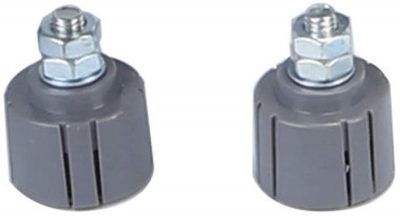
B- In the spring type, two steel bent brackets are installed on top of the gear racks, on both ends of the sliding gate.
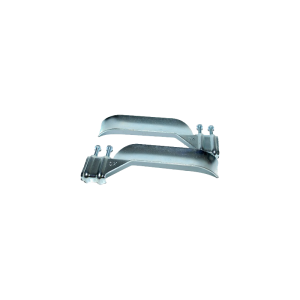
The most important thing that sliding gate opener users have to pay attention to is taking care of the limit sensors installed on the sliding gates.
They are usually damaged by a kid’s ball, pets, a car accident, or during cleaning time around the driveway gate area.
If the sensor is broken or damaged, the gate opener system will continue to work even when it is at the end of its limited opening or closing position.
It can be a really dangerous situation.
The gate operator system with a damaged limit sensor switch can not work properly, and it will soon stop working.
Most of the time, the main control board and the motor will be damaged because of this issue and have to be replaced.
Sometimes errors come from the limit sensors are not working because they are damaged and they need only to be cleaned or readjustment.
–> To have in-site technical services:
-
- If you have an account with us, please send your request directly from your customer panel.
-
- Please click here to send your information and request directly to our customer hub, and let us know your preferred dates to schedule a visit.
-
- If you are in Greater Vancouver, BC, our technician will come to your address and resolve the problem.
-
- To have on-site technical services for your installed automatic driveway gate, if you have an account with Royal Gates, please send your request directly from your customer’s panel.
-
- If this is your first service request, and looking for our recommendations, please send some pictures from the gate operator, main control panel, and receivers or your remote control to us using WhatsApp at 778 384 2800 or by email to retcc.ca@gmail.com.
-
- You can click here to send your information and request directly to our customer hub, and let us know your preferred dates to schedule a visit.
-
- You will be contacted within one business day.
–> To get an estimate for your required driveway gate, you can click on “Fast Estimate”.
-
- If you want to continue, please submit the form, your request will directly come to our customer hub, and we will make contact with you within a maximum of one business day.
-
- To create a custom quote, need more information like design, dimensions, your address, name, and email.
-
- You can click here to send your information and request directly to our customer hub, and let us know your preferred dates to schedule a visit (If necessary).
-
- If you are in Greater Vancouver, BC, our technician will come to your address.
-
- Please send some pictures of the driveway, posts, and the electric sources to us using WhatsApp at 778 384 2800 or by email to retcc.ca@gmail.com.
-
- You can click here to send your information and request directly to our customer hub, and let us know your preferred dates to schedule a visit.
-
- You will be contacted within one business day.
If your location is out of the BC, you can send some pictures from your driveway gate, and the operator by text message or email, and call us to get our technician’s suggestions to resolve the issue with your driveway gate opener.
Royal Electronics Technology Center Co (Royal Gates) using the best gate automation technicians can repair the driveway gate operators. Our main service area is in Vancouver BC Canada. Victoria Island, Duncan, Gibsons, Nanaimo, Sechelt, Tofino, Port Alberni, Qualicum Beach, Parksville, Vancouver, West Vancouver, North Vancouver, Richmond, Burnaby, New Westminster, Surrey, Delta, White Rock, Coquitlam, Port Coquitlam, Anmore, Langley, Maple Ridge, Pitt Meadows, Abbotsford, and Chilliwack in British Columbia are our services areas.
For more information on the installation methods and our previous project regards to “How to Install an Automatic Gate” please visit our YouTube channel.

